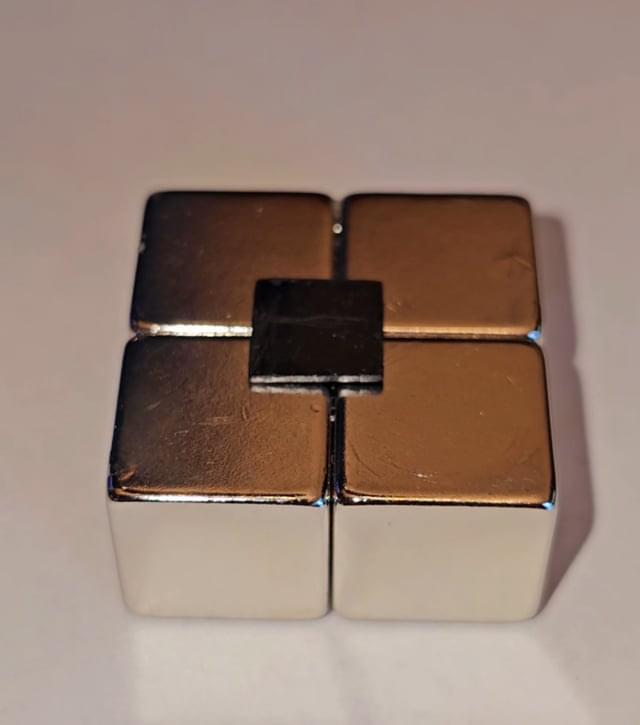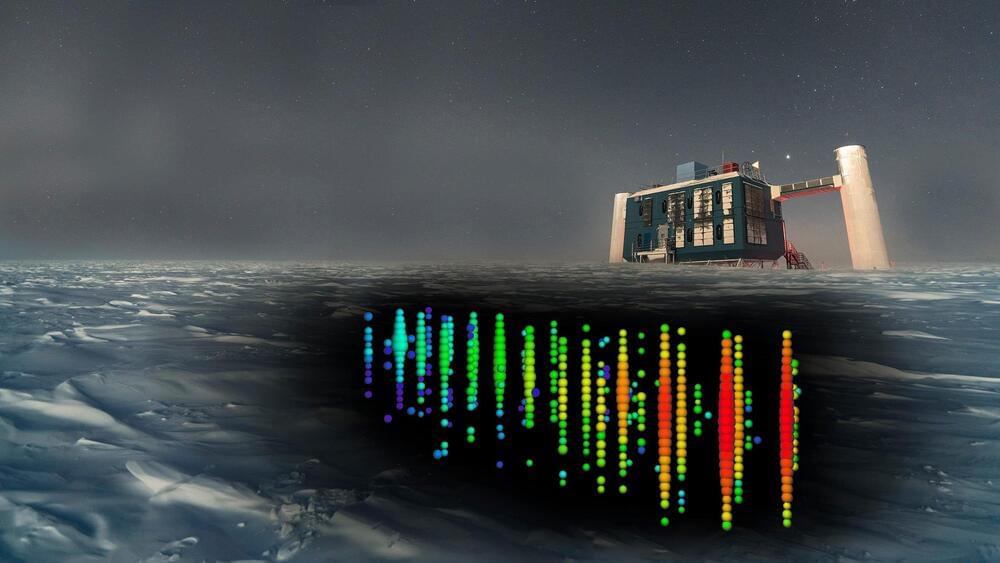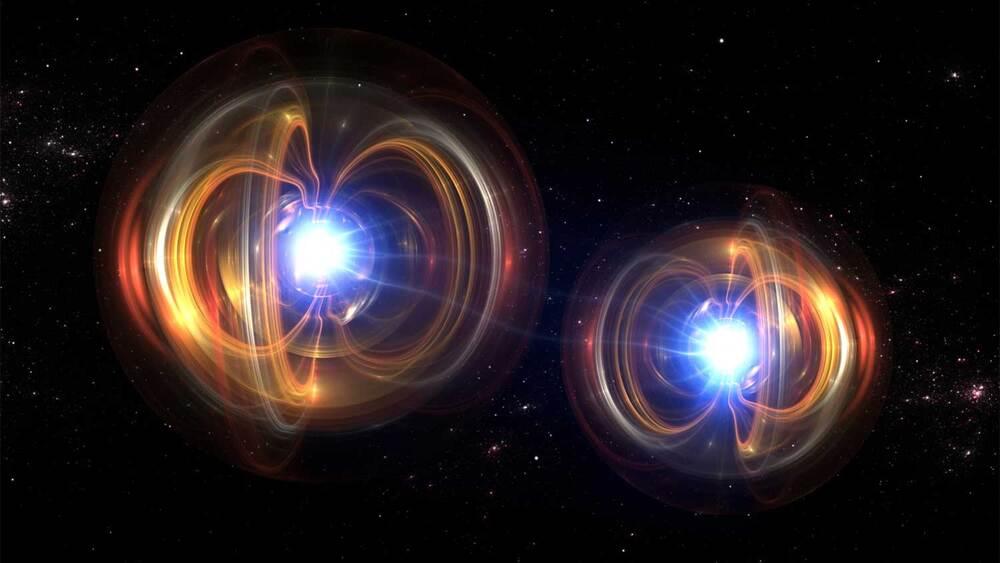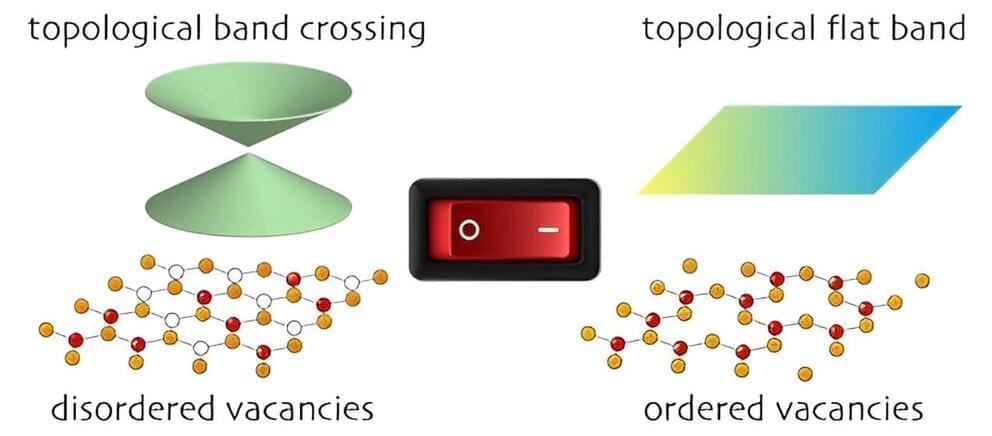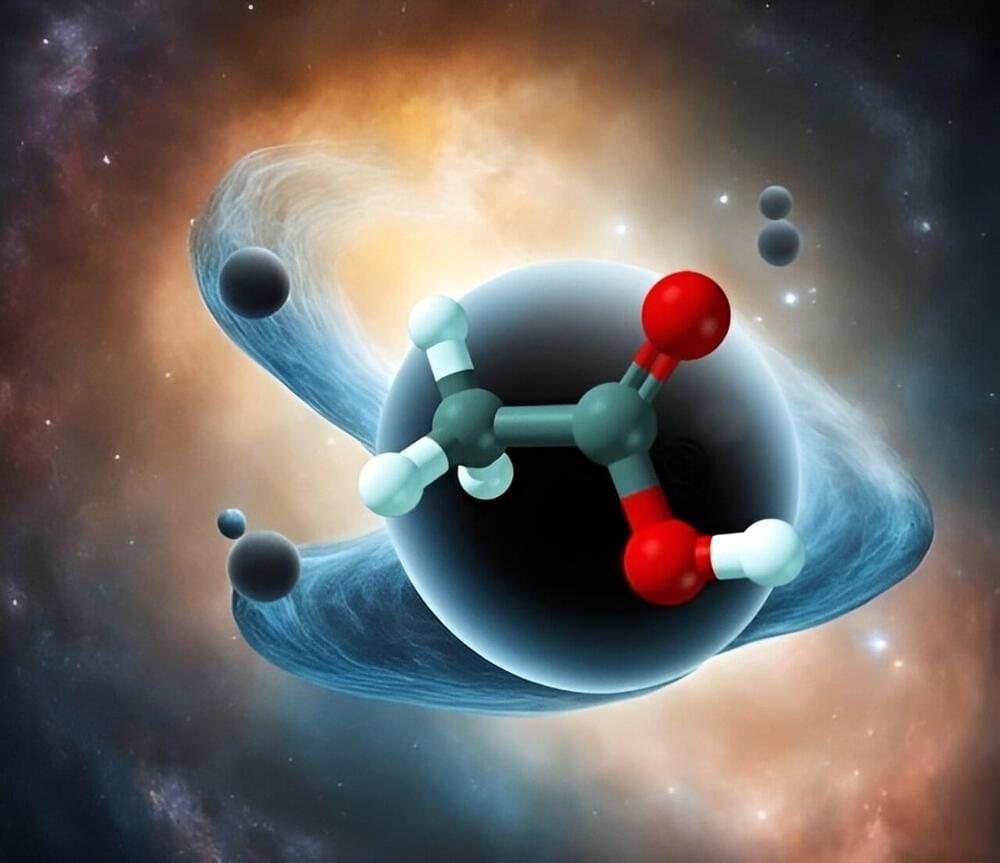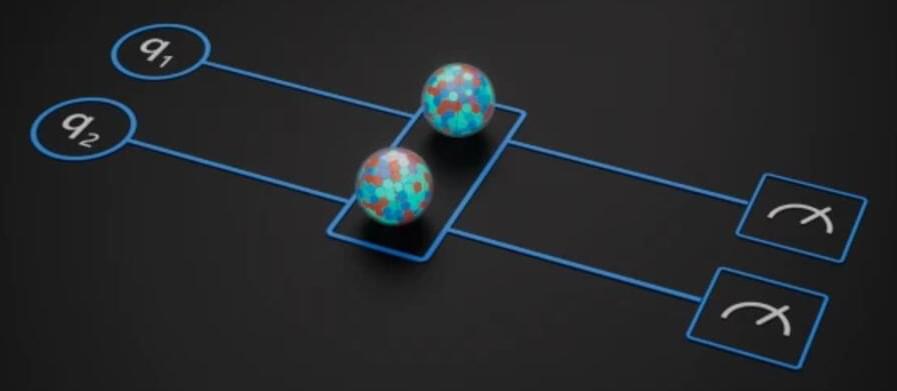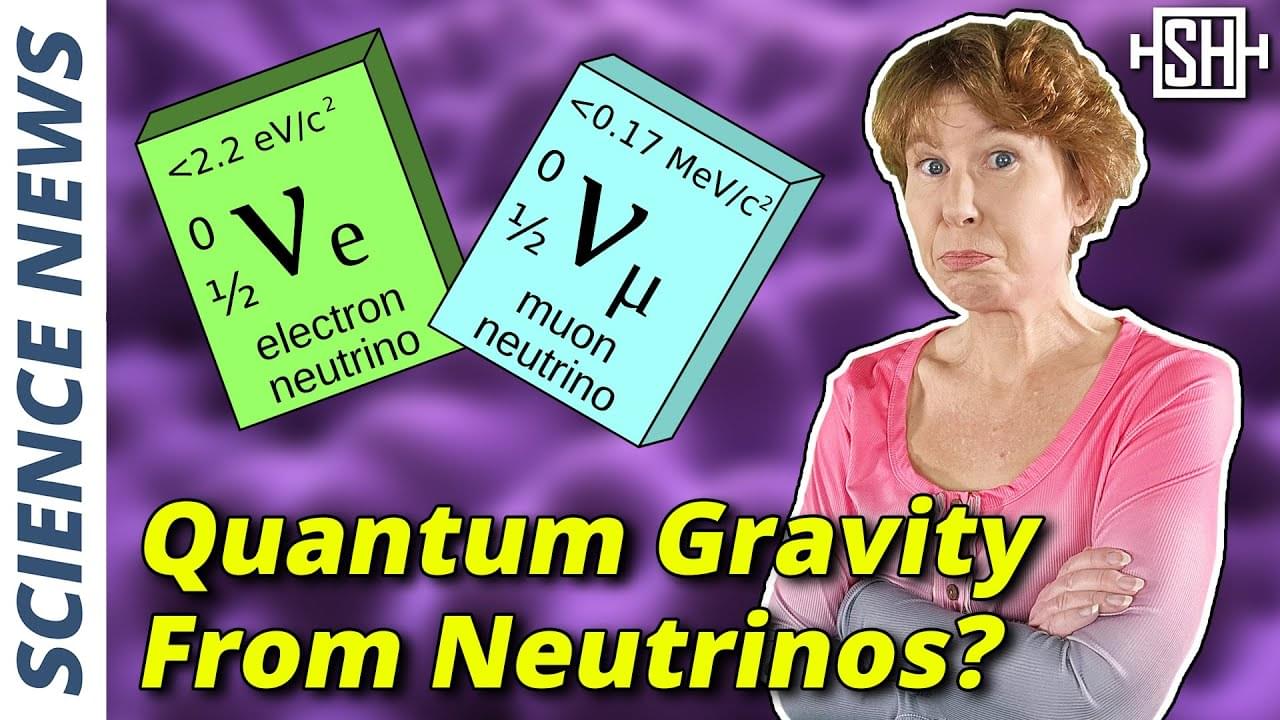
Assisted by quantum physics and machine learning, researchers have developed a transparent window coating that lets in visible light but blocks heat-producing UV and infrared. The coating not only reduces room temperature but also the energy consumption related to cooling, regardless of where the sun is in the sky.
Windows are great. They provide views of the park you live across from or the bird-filled tree outside your office. But, windows can also be not-so-great. Letting in light (and the view) is one thing, but with light comes heat, especially in the hotter months.
On hot days, up to 87% of heat gain in our homes is through windows. UV radiation from sunlight passes easily through glass, heating up the room and increasing the likelihood that you need to turn on the air-con or else forgo any light (and, again, that view) by closing the curtains or lowering the blinds. However, researchers at the University of Notre Dame have developed a window coating that blocks heat-producing UV and infrared light while allowing visible light in, reducing both room temperature and cooling energy consumption.
